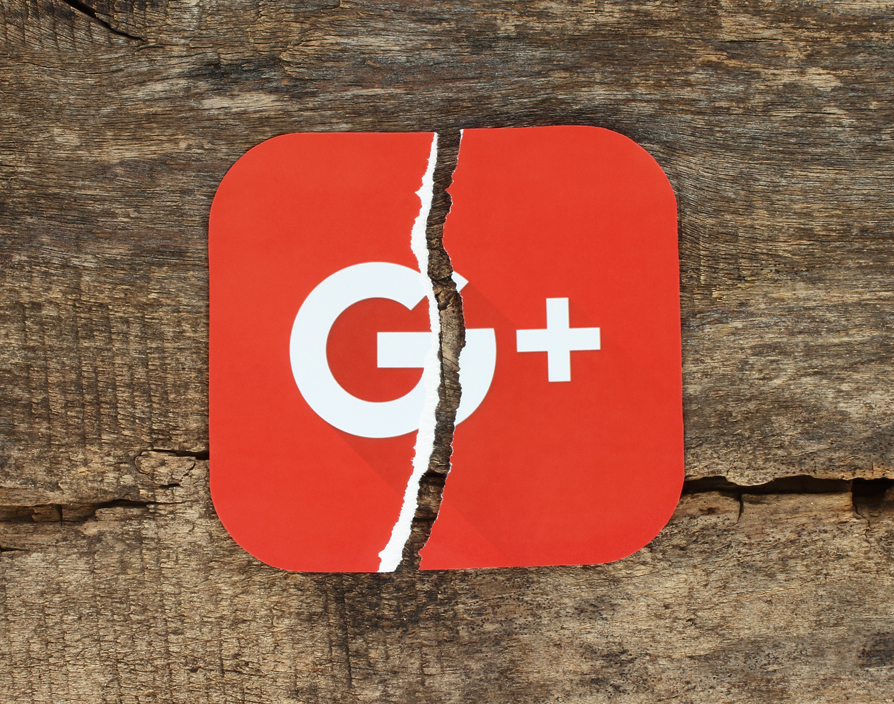In retrospect, Mark Zuckerberg may have overreacted when it came to Google+. When the social media platform was launched in June 2011, the Facebook founder called for a huge town hall meeting at the company HQ. The message was clear: Facebook was going to war. Invoking the sprit of Roman senator Cato the Elder who’d ended all his speeches the same way, no matter the topic, the Zuck told the troops: “Carthage must be destroyed.”
They heard him. Following the speech, the Palo Alto campus went into lockdown. Staff worked seven days a week with their families being allowed to come and visit in the weekends so their children could at least catch a glimpse of their parents. Forgoing the Silicon Valley mantra of moving fast and breaking stuff, employees were told to aim for perfection, meaning coders were held accountable for every string of coding they changed across Facebook. As a result, the company rapidly launched and improved features to get an advantage over Google+.
Zuckerberg had every reason to take the upstart seriously. Theoretically, the platform could grow even more as it was connected to all of Alphabet’s other services like Gmail and YouTube. These fears seemed to manifest in September 2012 when it was announced that Google+ had reached 400 million users. Comparatively it had taken Facebook four years to reach the 100 million user milestone. For all intents and purposes, Google+ appeared to be an existential threat to the Zuck.
So, keeping this in mind, it might seem odd to some that Google+ closed down for good in April 2019. “What started out as a challenger to Facebook and Instagram wound up being the first high-profile social media flop,” summarises Ben Little, founder and director of Fearlessly Frank, the innovation consultancy.
The collapse of the company provides a great opportunity for budding business leaders to learn from. After all, startup failures are master classes in what not to do. In other words, deciphering the downfall of Google+ should yield valuable insights for entrepreneurs who want to avoid their companies facing a similar fate.
Some reasons can be distilled from the October 2018 announcement of Google+’s shutting down. It came after an internal privacy review. Commenting on the decision, Ben Smith, Google’s then-director of global engineering support, explained: “This review crystallised what we’ve known for a while: that while our engineering teams have put a lot of effort and dedication into building Google+ over the years, it has not achieved broad consumer or developer adoption and has seen limited user interaction with apps. The consumer version of Google+ currently has low usage and engagement: 90% of Google+ user sessions are less than five seconds.”
While Google+ having been reduced to a ghost town was a huge problem, it wasn’t the only one. The review had also unveiled a bug which had potentially exposed over 500,000 users’ data. Before it was patched in March 2018, the bug could be used by app developers to access both users and their friends’ data even though this information wouldn’t have been public.
The plan after this first announcement was that Google+ would ultimately shut down in August 2019. However, these plans were accelerated after a second bug was revealed in November last year. This time app developers could’ve accessed over 52.5 million users’ private information. Google claimed no misuse of this bug had been detected during the six days it was active. Nevertheless, it meant Google+’s fate was coming up fast.
With the low user numbers and these security liabilities, it’s easy to see why Alphabet pulled the plug. “Google feared being dragged into the fallout from the Cambridge Analytica scandal and the [harvesting of] 50 million accounts at Facebook,” says Mark Skilton, professor of practice and innovation systems management at Warwick Business School.
While Facebook couldn’t afford to shut down its network in a similar way when the Cambridge Analytica scandal occurred, Skilton argues this wasn’t a problem for the competitor. “Google+ never became a serious revenue stream for Google,” he reasons.
And it’s hardly a mystery why no one flocked to use the platform. “The demise of Google+ is quite simple – Alphabet didn’t understand what its users wanted and failed to evolve the platform,” suggests David Schulhof, CEO of Red Hot Penny, the marketing agency. “Users rushed to use it as it was Google so it must be the next big thing. However, it had no identity and people only started posting more at the belief that if it was Google it must be good for SEO. Other social networks like LinkedIn, Facebook and Instagram have a strong identity and continue to evolve – better and worse at times – to match changing user demands.”
Joanna Timmermann, director at PR agency Babel, agrees, adding that this failure to keep the user in mind led to the platform’s poor performance. “Social networks that succeed are 100% focused on the user experience – they put it at their heart,” she explains.
Google+ failed to be create a sticky experience where the platform was intuitive to use and helped nurture friendships. “Google+ was not friendly in any of these ways, unlike its counterparts at Facebook and Twitter and, later, Snapchat and Instagram,” Timmermann continues. “Nor was it a business experience to rival LinkedIn, although arguably it seemed more company focused. More recent additions to the social media landscape have learned these lessons and [understand] more clearly their target audience and purpose for being.”
And according to Little, the users couldn’t have been further from Alphabet’s mind. “Google+ was always designed to solve Google’s problems, not the customers,” he declares. “It was an attempt to shore up ad revenue and unite Google’s existing products and services, with the consumer features – such as arranging friends, family and colleagues into Circles – feeling like an afterthought. At best, Google’s Circles feature was unnecessary, at worst it was actively confusing for users to organise their friendships in this way.”
Failing to meet customers’ needs, huge privacy concerns and being utterly unusable are clearly not good for businesses. Who would’ve thunk it? ![]()
Share via:


















































